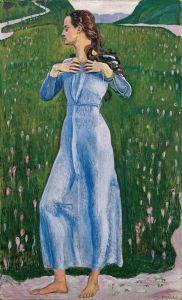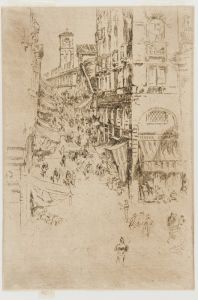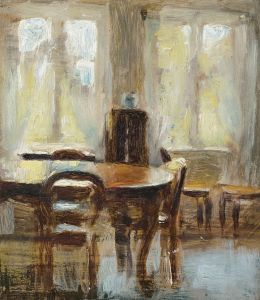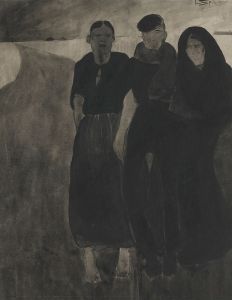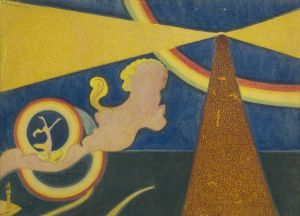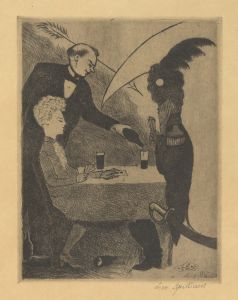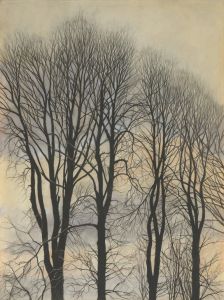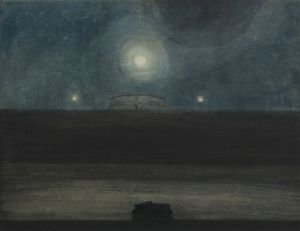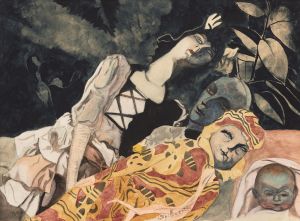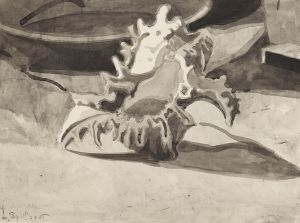
Landschap
A hand-painted replica of Léon Spilliaert’s masterpiece Landschap, meticulously crafted by professional artists to capture the true essence of the original. Each piece is created with museum-quality canvas and rare mineral pigments, carefully painted by experienced artists with delicate brushstrokes and rich, layered colors to perfectly recreate the texture of the original artwork. Unlike machine-printed reproductions, this hand-painted version brings the painting to life, infused with the artist’s emotions and skill in every stroke. Whether for personal collection or home decoration, it instantly elevates the artistic atmosphere of any space.
Léon Spilliaert (1881–1946) was a Belgian symbolist painter and graphic artist known for his moody, introspective works that often depicted dreamlike landscapes, solitary figures, and atmospheric interiors. His art is characterized by a unique use of light, shadow, and perspective, often evoking a sense of mystery and existential reflection.
One of Spilliaert's works, titled Landschap (Dutch for "Landscape"), exemplifies his distinctive approach to capturing the essence of a scene. Created during a period when Spilliaert was deeply influenced by symbolism and the introspective mood of early 20th-century art, the painting reflects his fascination with the interplay of light and shadow, as well as his ability to convey emotion through minimalistic compositions.
Landschap is notable for its subdued color palette, which often features muted tones of gray, blue, and black, creating a somber and contemplative atmosphere. Spilliaert's landscapes are rarely straightforward depictions of nature; instead, they are imbued with a sense of abstraction and psychological depth. The painting likely showcases his interest in vast, empty spaces, a recurring theme in his work that emphasizes solitude and introspection.
Spilliaert's artistic style was influenced by various sources, including the symbolist movement, Japanese prints, and the works of artists such as Odilon Redon and Edvard Munch. His landscapes often blur the line between reality and imagination, inviting viewers to interpret the scene on a personal level.
While specific details about Landschap—such as its exact date of creation, dimensions, or current location—are not widely documented, it is consistent with Spilliaert's broader body of work, which often explored themes of isolation, melancholy, and the sublime. His art continues to be celebrated for its ability to evoke powerful emotions and its innovative use of composition and light.
Léon Spilliaert's works, including Landschap, remain an important part of early 20th-century European art, reflecting the existential concerns and aesthetic innovations of the time. His paintings are held in various public and private collections, and his legacy endures as a testament to his unique vision and artistic contributions.







